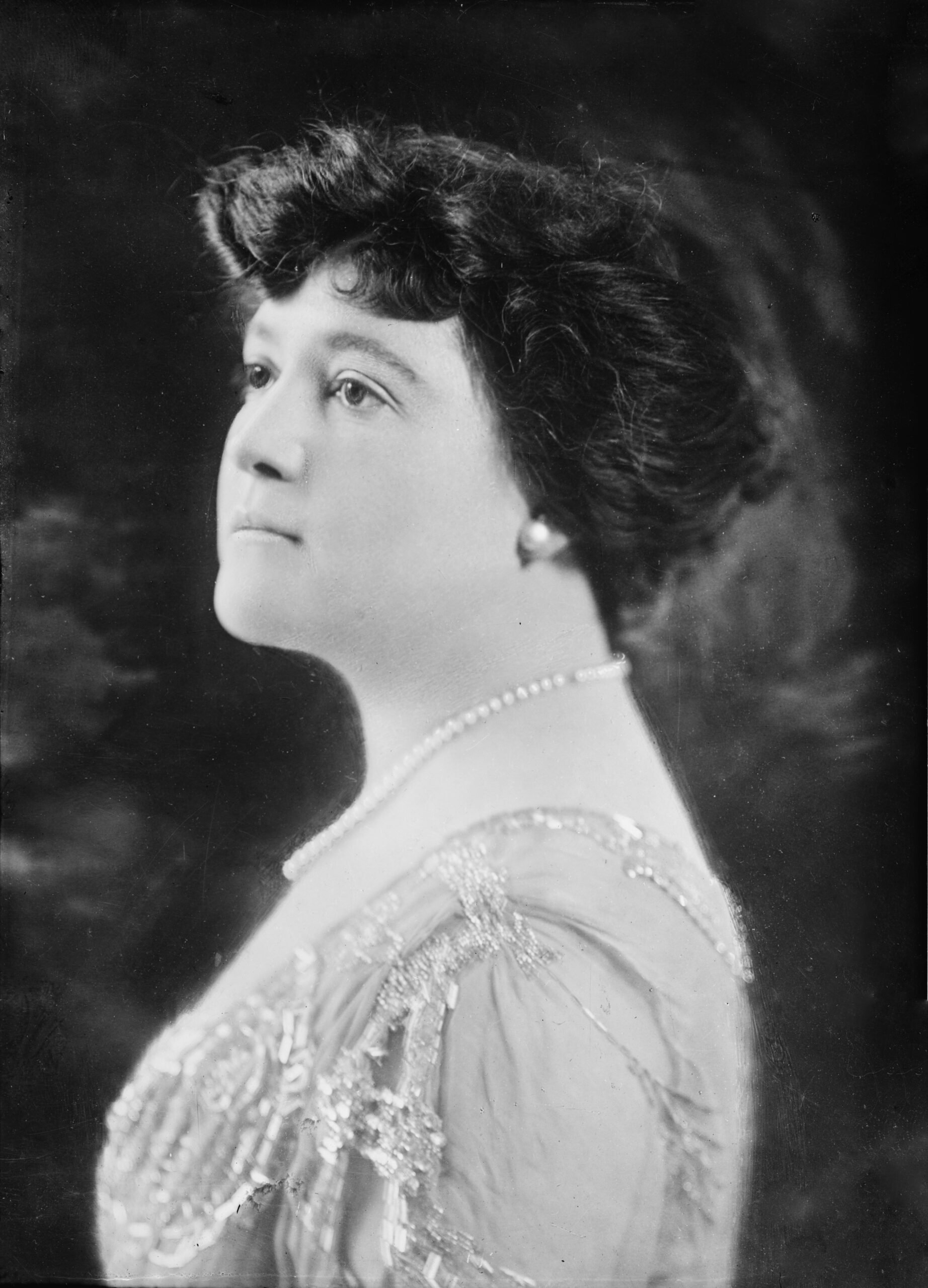The New York Times ran an interesting article on Feb. 14, 1908 under the headline: “Siege of Alamo Ended.”
A fireball of a woman, Adina de Zavala, had single-handedly taken over the Long Barracks of the Alamo complex three days before. She had padlocked herself in, in fact, and refused the sheriff department’s demands that she vacate the building.

Adina de Zavala. Public domain photo
They cut off electricity, water and food. She had to live alone in the cold, rat-infested old warehouse for three days and nights, speaking to reporters through cracks in the walls.
Through this act of civil disobedience, Adina de Zavala earned national attention and sympathy in the press. In modern terms, she went viral.
Many newspapers covered her struggle to keep the Long Barracks from being torn down and replaced by a luxury hotel or a park. The St. Louis Dispatch compared her struggle to that of William B. Travis, who asked the world to help him defend the Alamo from tyranny. This may seem hyperbolic, but it appears more in order when we consider that Adina de Zavala’s father was the first vice president of the Republic of Texas in 1836.
Clara Driscoll, another woman with ties to the revolution, bankrolled earlier efforts to keep the Alamo from developers. Clara’s grandfather fought at the Battle of San Jacinto.
But Driscoll didn’t see the use in Adina de Zavala’s fight for the Long Barracks. De Zavala had a hard time convincing her and others that the barracks still had the original walls intact and that that is where most of the Alamo heroes died. She argued it was the most sacred place in the complex.

Clara Driscoll. Public domain photo
After three days and sympathetic press coverage from far and near, then-Texas Gov. Thomas Campbell sent a representative to San Antonio and promised Ms. de Zavala that the Long Barracks portion of the Alamo would remain in state hands until the litigation over its future was fairly settled. She relented and came out of the building – weak from little food or water.
Adina de Zavala’s brave stand preserved the Alamo grounds as we know them today.
Some time later, historians confirmed de Zavala was right. The original walls of the Long Barracks were indeed still there behind the warehouse’s crude wooden infrastructure.
So both Adina de Zavala and Clara Driscoll, despite their clashing visions, are saviors of the Alamo as we know it today.
Thank you, Adina. Thank you, Clara, for pointing the way.














